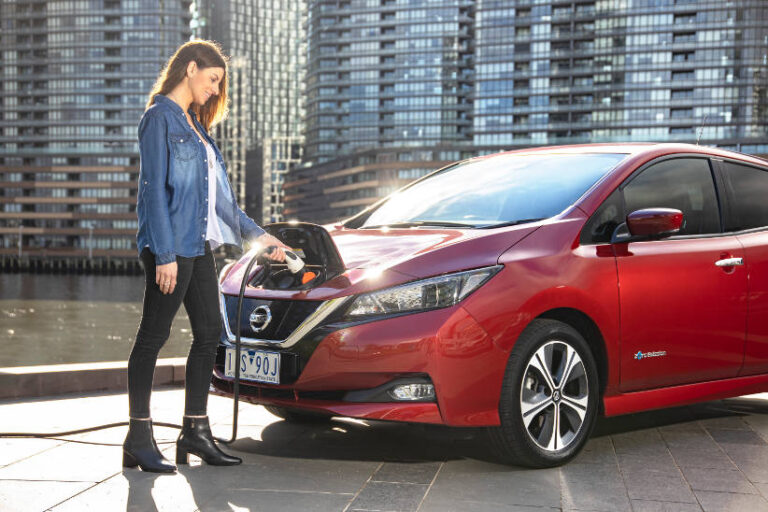– By Richard Schuster –
Fleet managers are aware of the benefits of electric vehicles (EVs) and are generally keen to increase the number of EVs in their fleets. However, there are real impediments to be overcome: higher vehicle costs, lack of charging infrastructure, range anxiety and a lack of government incentives.
A new report “Cleaner and Safer Roads for NSW” provides compelling reasons for fleet managers to transition more rapidly to EVs and for governments to solve the impediments to EV adoption. The reason? The health and safety of millions of Australians.
The World Health Organisation (WHO) considers air pollution to be the single, largest environmental danger to health globally and the OECD estimates that approximately half of all air pollution in member countries is due to motor vehicles.
The 2019 NSW report, co-authored by the Electric Vehicle Council and Asthma Australia, has quantified the WHO hypothesis and the numbers are staggering:
- Internal combustion engine (ICE) vehicle emissions kill over 1,700 Australians every year with around 650 of those deaths in NSW
- The figure of 650 deaths in NSW is 60% higher than the loss of life caused by vehicle crashes
- Vehicle emissions cause around 21,000 serious health impacts annually in NSW
- The annual health cost from vehicle air pollution in the Sydney-Newcastle-Wollongong region is $3 billion.
Compared to industrial and agricultural pollution, vehicles have a disproportionate health impact as they generally produce pollution in more heavily populated areas. With urbanisation increasing, this problem will only increase. Currently, 55% of the world’s population live in urban areas. This is projected to grow to 70% by 2050.
Reducing air pollution involves a multi-faceted solution of more active transport (walking, cycling), increased public transport, increased energy production via renewables and replacing ICEs with EVs. This will require government policy leadership as EVs account for only 0.1% of new car sales in Australia, compared with 1.3% globally. Such leadership is vital given that vehicle air pollution unfairly impacts the health of already vulnerable people such as children and the elderly who can do little themselves to mitigate their exposure.
Moving to EVs will significantly reduce the amount of harmful air pollution created by vehicles. EVs produce zero exhaust emission (eliminating all vehicle emissions of carbon monoxide and nitrogen oxide), and particulate emissions are reduced by one half to two thirds. Calculations show that each EV purchased in lieu of an ICE would save NSW $2,400 in health costs.
It is acknowledged that EVs still produce non-exhaust emissions such as tyre wear, brake wear and road surface wear. However, the regenerative braking of EVs has been shown to potentially reduce brake wear by well over 50%.
Fleet managers already contribute to a saferAustralia through the purchase of safer vehicles which are then regularly on-sold to the Australian public. Given the significant health and safety impacts of ICEs, it is time for fleets to contribute to a healthierAustralia through the intentional purchase of increased numbers of EVs.
Fleet managers need to be supported by government policy that incentivises EVs (e.g. stamp duty exemptions, lower registration fees) and vehicle manufacturers/leasing companies willing to offer more competitive pricing options for EVs.






